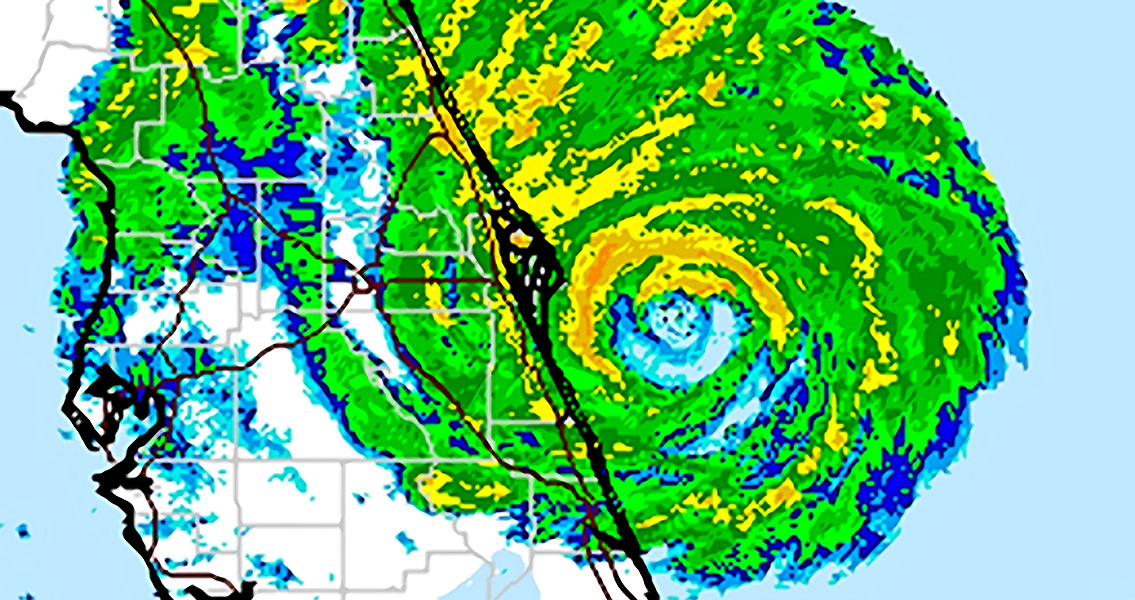<![CDATA[In the aftermath of Hurricane Matthew, the city of Savannah's cleanup effort has been slowed by the discovery of artifacts which were revealed when trees, some of which were hundreds of years old and located in historic cemeteries, battlefields and parks, were toppled by the storm. The removal of root systems, referred to as root-balls, especially those found at sites included on the National Register of Historic Places is regulated by the Federal Emergency Management Agency (FEMA). There are approximately 40 upturned trees that will require an evaluation by an archeologist prior to being removed. A review of the items, which includes pottery shards, pieces of metal, oyster shells and construction materials, by a local archaeologist dated several of the pieces back to the eighteenth century, not surprising given the city’s history. The oldest city in the state of Georgia, Savannah was established in 1733. The city was the site of one of the bloodiest battles of the Revolutionary War, The Siege of Savannah, in 1779. During the Civil War, city officials negotiated a surrender to General William T. Sherman and the Federal army to avoid Savannah's destruction (Georgia was the fifth state to secede from the United States). In 1864, on December 21st, Federal troops marched into the city unopposed. It was in Savannah that Sherman wrote the famous message to then President Lincoln: “I beg to present to you, as a Christmas gift, the city of Savannah, with one hundred and fifty guns and plenty of ammunition and also about 25,0000 bales of cotton.” The project to remove the trees and recover any artifacts also requires that the contractor awarded the job has had experience working on projects involving archaeological studies within a cemetery setting, since a significant portion of the damage is located in several historic cemeteries such as Greenwich, Laurel Grove North, and Laurel Grove South Cemeteries. Greenwich Cemetery is situated on the same property as the Greenwich Plantation once was. Once considered the most beautiful, privately-owned estate in the South, the house was burned down during a slave riot in 1865. The Laurel Grove North Cemetery was designated for whites and contains the graves of innumerable Confederate soldiers and veterans of the American Civil War, while Laurel Grove South was reserved for slaves and people of color and contains the graves of several thousand slaves and free blacks from the coastal Georgia region. Reimbursement from FEMA for costs associated with the special removal conditions is anticipated and will be determined on a project-by-project basis. Any and all artifacts discovered on public property will be delivered to the city's library and archives division and will then be displayed or used in association with education and public outreach. Hurricane Matthew was a long-lasting and extremely destructive Category 5 Atlantic hurricane which occurred during the 2016 season. Approximately 1,600 deaths and more than $15 billion in damages have been attributed to the storm in countries across the western Atlantic, including Haiti, Columbia, the Dominican Republic, Cuba and the United States. ]]>
Uprooted Trees Reveal Historical Artifacts in Savannah
